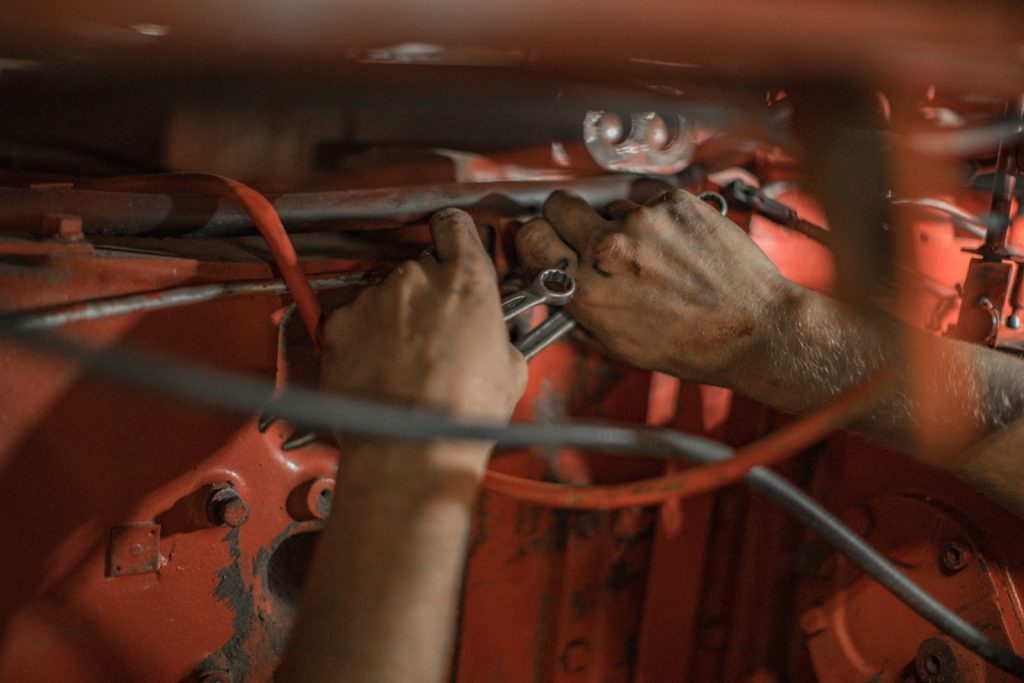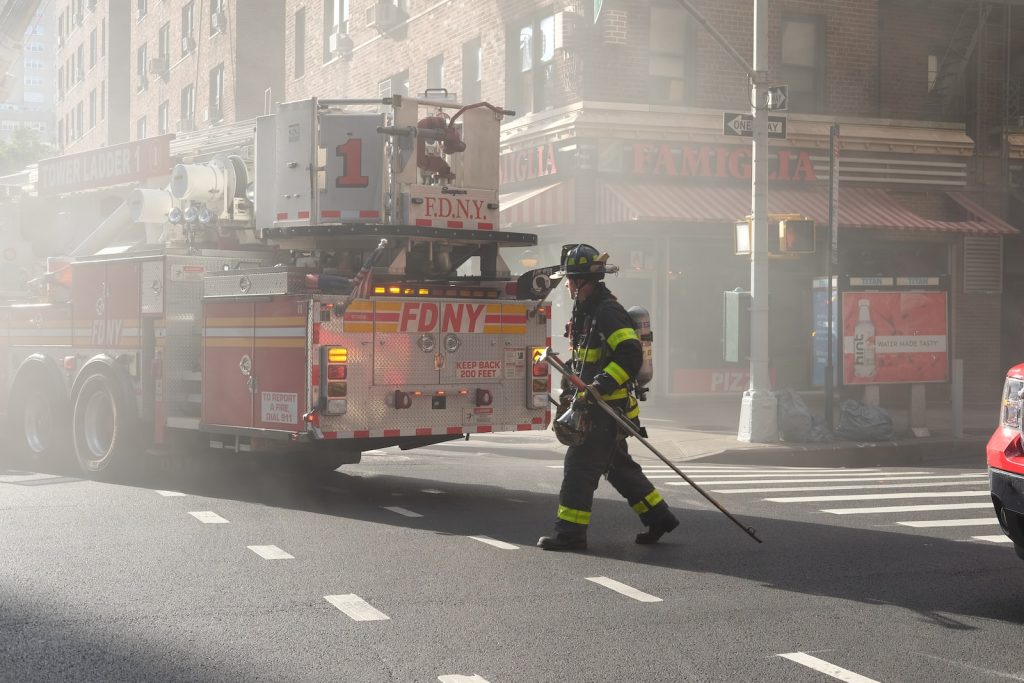Greetings, fellow container home enthusiasts! I’m Lulaa Black, and it’s a pleasure to welcome you to another exciting chapter in our container home journey. Today, we’re going to tackle a rather serious topic but one that is undeniably crucial—fire safety measures in container home design. While we often get carried away with the creative aspects of these innovative homes, it’s essential to ensure that our container abode is not just stylish but also safe.
We all know that container homes have taken the world by storm with their eco-friendliness, affordability, and adaptability. However, just like any other home, they aren’t immune to potential fire hazards. In this article, we’ll explore the various fire safety measures you can implement to keep your container home safe and sound.
Fire Safety Starts with Material Selection
You’ve undoubtedly heard about the fire-resistant qualities of shipping containers, but that doesn’t mean they are entirely fireproof. Steel containers have a higher fire resistance than traditional wooden structures, but the materials you use in your interior design can make a significant difference in fire safety.
Insulation Materials
Choose insulation materials with fire-resistant properties. Mineral wool and fiberglass insulation are great options as they are non-combustible and can help slow down the spread of fire within your home.
Flame-Retardant Paint
Consider using flame-retardant paints on the interior walls. These paints are specially formulated to inhibit the spread of flames in case of a fire outbreak.
Safe Electrical Wiring

One of the most common causes of fires in homes is faulty electrical systems. Container homes are no exception. Here’s how you can ensure your electrical setup is safe:
Properly Install Electrical Wiring
Hiring a licensed electrician is crucial to ensure that your electrical wiring is correctly installed. They will know the best practices for container home electrical systems.
Use Fire-Resistant Electrical Boxes
Opt for electrical boxes that are fire-resistant. These boxes can help contain electrical fires, preventing them from spreading to other parts of your home.
Regular Inspections
Periodic inspections of your electrical system can identify potential issues before they become hazardous. Make sure you adhere to safety standards.
Adequate Ventilation
Proper ventilation in your container home is not only essential for maintaining good indoor air quality but also for fire safety.
Fire Dampers
Consider installing fire dampers in your ventilation system. These devices automatically close off vents in the event of a fire, preventing the flames and smoke from spreading through the ducts.
Windows and Egress Points
Ensure that windows and doors are easily accessible and can be opened quickly in case of an emergency. Plan multiple escape routes, especially if you have a multi-story container home.
Fire Extinguishers and Suppression Systems

Having the right firefighting equipment on hand can make all the difference in case of a fire emergency.
Fire Extinguishers
Place fire extinguishers at easily accessible locations throughout your home. Be sure to educate yourself and your family on how to use them effectively.
Smoke Detectors
Install smoke detectors in key areas of your container home, including the kitchen, bedrooms, and living spaces. Regularly check and replace batteries to ensure they are always functional.
Sprinkler Systems
While not always a practical option for container homes, you can explore the possibility of installing a fire sprinkler system if you’re building a larger, permanent structure.
Safe Kitchen Design
The kitchen is often the heart of any home, but it’s also a potential hotbed for fire hazards.
Safe Cooking Practices
Practice safe cooking habits to minimize the risk of kitchen fires. Never leave a stove unattended and ensure flammable items are kept away from heat sources.
Fireproof Materials
Use fire-resistant materials for your kitchen backsplash, countertops, and cabinetry to slow the spread of a potential fire.
Kitchen Fire Suppression System
Consider installing a kitchen fire suppression system, especially if your container home is equipped with a fully functional kitchen.
Fire-Resistant Landscaping
The area around your container home should not be neglected when considering fire safety.
Defensible Space
Create a defensible space by clearing away dry vegetation and creating a buffer zone between your home and any nearby forested areas. This can help prevent wildfires from reaching your home.
Fire-Resistant Landscaping
Opt for fire-resistant landscaping materials and plants that are less likely to ignite. Native plants and succulents are good options for arid climates.
Safety Education

Perhaps one of the most important aspects of fire safety is educating yourself and your family.
Fire Safety Drills
Conduct regular fire safety drills with your family to ensure everyone knows what to do in case of a fire emergency.
Emergency Contacts
Keep a list of emergency contacts and escape routes posted prominently in your home. Make sure everyone knows how to call 911.
Fire Safety Workshops
Attend local fire safety workshops and stay updated on the latest safety practices.
Conclusion
Safety is the foundation of any comfortable and secure home, even if it’s made from shipping containers. As we’ve explored in this article, implementing fire safety measures in your container home design is not only essential but entirely feasible. It’s about balancing the innovative and creative spirit of container living with responsible planning and prevention.
So, remember, while container homes are fantastic for their sustainability and unique design, they are still homes at their core. Let’s make sure they are safe, cozy, and always ready to welcome us without the threat of fire.
Stay safe, container dwellers! And as always, keep dreaming and designing.





















Find Us on Socials